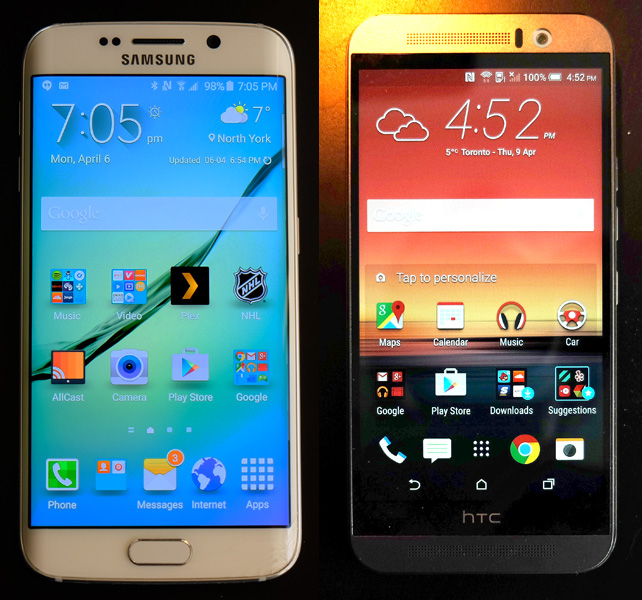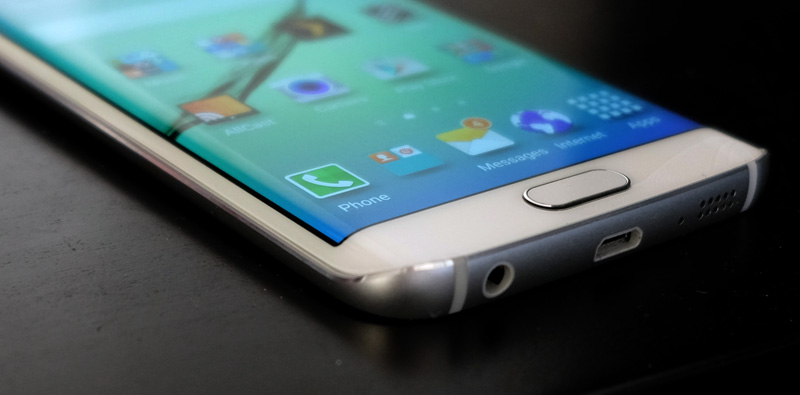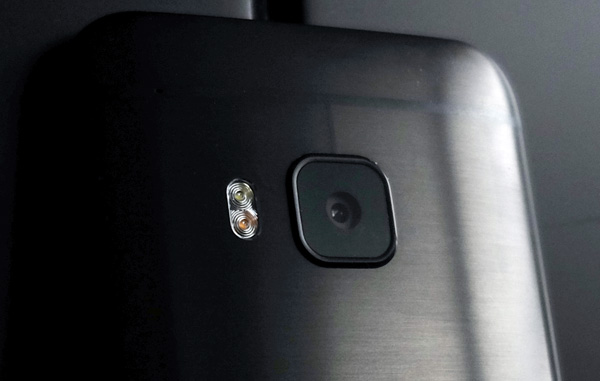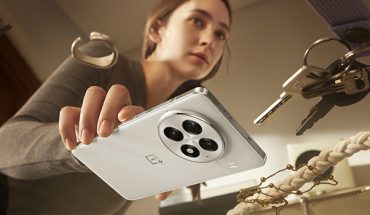
A new year means a new crop of flagship smartphones, and among the group of Android handsets, Samsung’s Galaxy S6 and HTC’s One M9 are two of the best to choose from. Both are compelling and refined, making the decision more of a practical one.
With the two models of the Galaxy S6 — a regular one and the S6 Edge — Samsung has been able to produce premium smartphones that fit the mold of what competitors have been doing. HTC is one of those, having designed arguably the most eye-catching Android smartphone over the last two years with the One M7 and One M8, respectively. HTC had the edge (no pun intended) on every aesthetic, putting together devices that fused outer and inner beauty well.
Now, the two are more evenly matched in that respect. Both versions of the Galaxy S6 are made with Gorilla Glass 4 on the front and back, fused together by metal edges. The lack of any semblance of plastic is a major departure for Samsung’s design philosophy, and a response to criticism that the company couldn’t (or wouldn’t) craft something better. Doing so comes with some consequences. First, there is no removable battery or microSD card slot, and second, neither Galaxy S6 model is waterproof.
The metal design of the HTC One M9 also doesn’t allow for a removable battery or waterproofing, though there is an expandable microSD card slot that is technically able to support a 200GB card. The One M9 is only available with 32GB internal storage, whereas the Galaxy S6 and S6 Edge are available in 32GB, 64GB and 128GB versions.

Of course, the S6 Edge is unique in this comparison, except it doesn’t do a whole lot right now. Other than setting up a handful of contacts to the edge menu, along with minimal notifications, the long-term functionality of the edged display is going to be reliant on third-party developers.
Both S6 models have 5.1-inch Quad HD Super AMOLED displays (2560 x 1440) with a dense 577 pixels per inch, while the One M9 has a 5-inch 1080p Super LCD — essentially the same as last year’s model. While this may seem like a resounding win for Samsung, the differences aren’t as stark as you might think.
As for software, Samsung has learned to do more with less, relegating its TouchWiz interface to more of a complement to Android, rather than an overbearing layer on top of it. HTC Sense has its own distinct look, but it never feels like it’s doing more than it should. Sense Home (formerly known as Blinkfeed) remains as a running visual news feed, which Samsung also has through its Flipboard integration. While we prefer Sense Home, we didn’t mind the way Samsung did it, either.

The camera is where things get really interesting. HTC moved the UltraPixel rear camera of the One M8 to the front on the One M9, opting to go with a 20-megapixel in the rear to better compete with others in the category. Samsung improved its camera by going with a wider aperture lens and optical image stabilization, resulting in better low-light images. Where HTC held an advantage with that before, the two are now more evenly matched. HTC offers far more editing features, but Samsung utilizes practical features, like automatic HDR (high dynamic range) and a quick draw (double-tapping the home button) to make its camera viable.
Then there’s battery life. To assuage consumers’ fears, Samsung includes a fast charger in the box with the phone. It can charge from empty to full in 80 minutes, or provide a few hours of usage after only 10 minutes. Both S6 models also support the two current wireless charging standards (Qi and PMA), and are the only phones that do so right now. The One M9 doesn’t take too long to charge, though it can’t support wireless charging because of its metal body. Which phone lasts longer, on average? The One M9 wins that battle, though the Galaxy S6 recharges faster.
These two phones (three, if you count the S6 Edge) match up well, with neither really outdoing the other in any significant way. Where we would have chosen HTC’s models in the past two years, we’re now on the fence, finding plenty to like about both. Your best best is to go into a store, feel all three phones, and make a decision from there.
The Galaxy S6 and S6 Edge comes to market April 10 with a wide number of carriers starting at $250 (flat S6) or $350 (S6 Edge) on a two-year contract. The HTC One M9 comes to market a week later on April 17, with the same carriers also offering that phone for $200 on a two-year contract.



